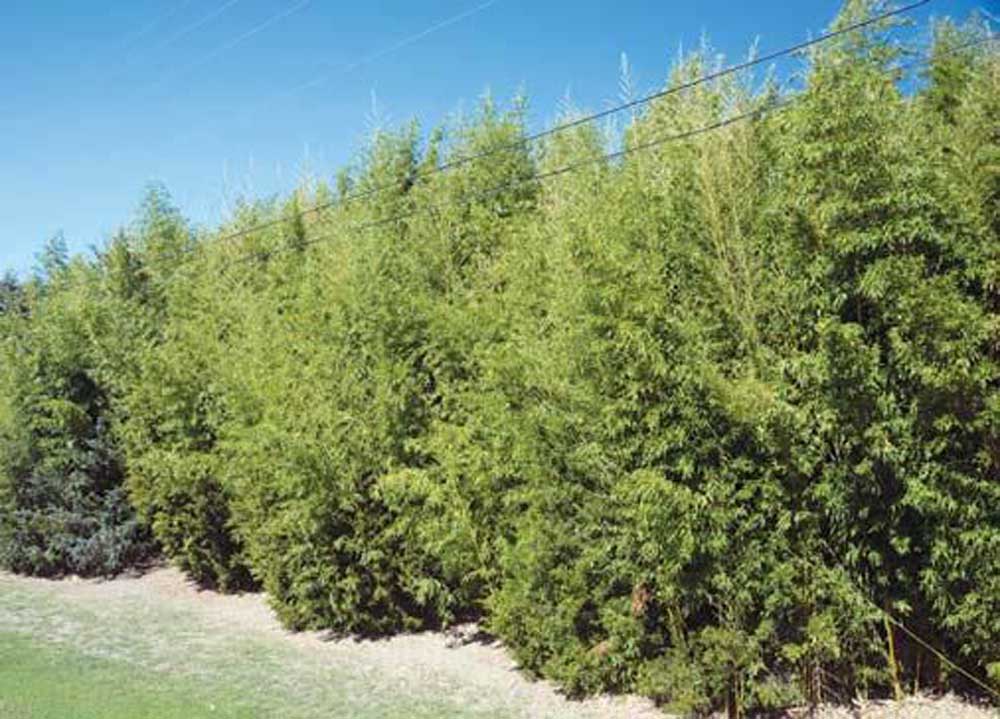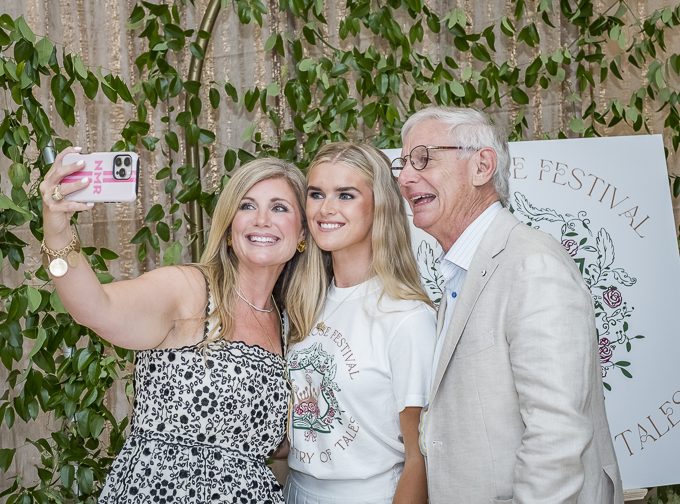Prepare for a battle if you’re getting rid of bamboo
Published 3:55 am Thursday, June 21, 2018

- THIS PHOTO shows an example of how invasive bamboo can be.
Dear Neil: My daughter’s backyard is halfway filled with bamboo and it’s spreading. How can we get rid of it?
A: I really don’t want to sound like I’m exaggerating, but no invader that we have in our landscapes is any more difficult to eliminate. That means that you’re in for a battle. Glyphosate herbicides containing no other active ingredients applied at the very top recommended strength on their labels will often kill or severely wound bamboo. However, they also kill other grass in the area, so you’ll have to be very precise in your application, and I’m sure you’ll need more than one application over a period of months. When commercial landscapers need to eliminate it from major projects they bring in front-end loaders and dig it out. That’s not going to work in most backyards, but perhaps someone could help your daughter with a smaller version that could dig down 18 or 24 inches and get all the roots out. I know this sounds extreme, but it’s just the nature of this awful plant. I so wish people who are considering planting it would just learn the facts before they inflict it on others. Good luck!
Trending
COLD WINTERS
Dear Neil: I have property in South Texas where I have a Meyer lemon tree that has borne fruit regularly up until two years ago. The past two years, no blooms and no fruit. There is an orange tree nearby so it should get pollinated. I had it trimmed 18 months ago. What might the problem be?
A: First things first, if it didn’t produce flowers, there won’t be anything to pollinate. I suspect that the past two winters, both of them extremely cold, were the cause of your problems. Each had temperatures into the low 20s and teens. When we return to more normal winter temperatures your tree should start producing. People in other parts of Texas, where they’re having to move their citrus into and out of protection, are envious I’m sure.
ESTABLISHING HOLLIES
Dear Neil: Two years ago, as you have recommended, we replaced a row of dying redtip photinias with 21 Nellie R. Stevens hollies. The first year it was a struggle to keep them watered by hand. We experienced a lot of leaf drop. Last year we had individual bubblers run to each tree, and we ran them 20 minutes per time three times per week. They did much better this spring until it turned really hot. We increased to four times a week, but more leaves are yellowing and browning. The worst seem to be the ones backed by the neighbor’s oak and crape myrtle. Should we go back to watering by hand?
A: Nellie R. Stevens hollies are fabulous plants if we can just get them established. It takes two to three years, so you’re getting close. Maybe run the bubblers longer at a time. I have no way of knowing how much water they’re putting out, but what you’re describing and what your photos show is all about water shortage. You could water by hand every 3-4 days to supplement the bubblers as well.
Trending
Have a question you’d like Neil to consider? Mail it to him in care of this newspaper or e-mail him at mailbag@sperrygardens.com. Neil regrets that he cannot reply to questions individually.






